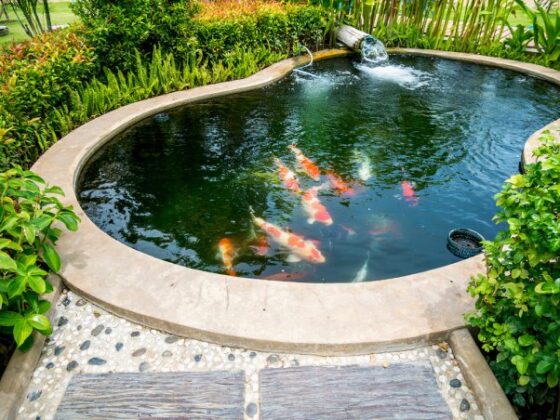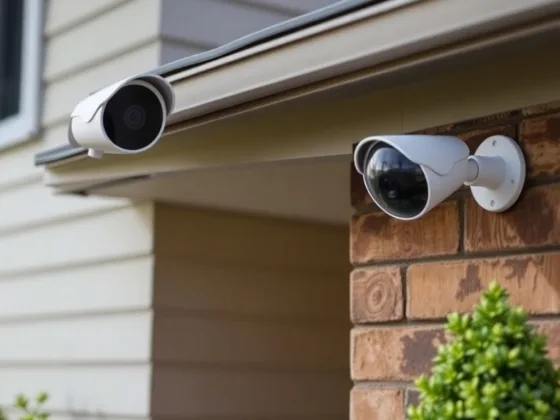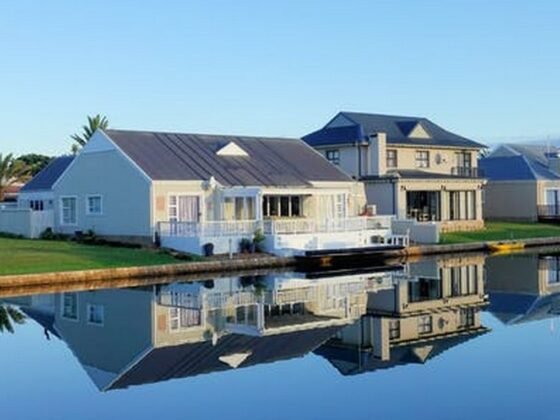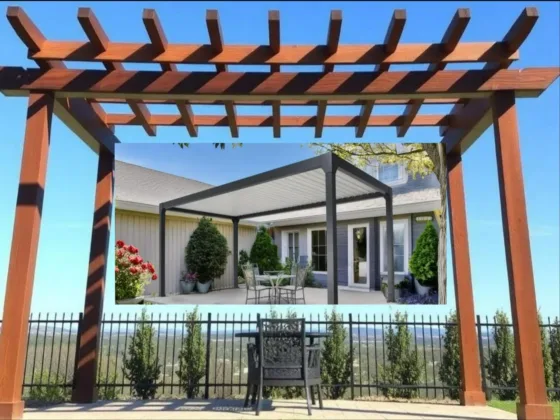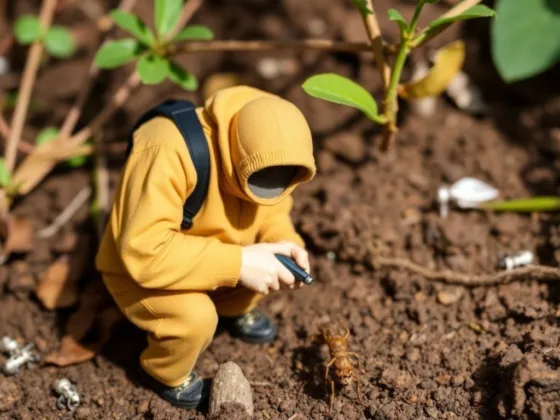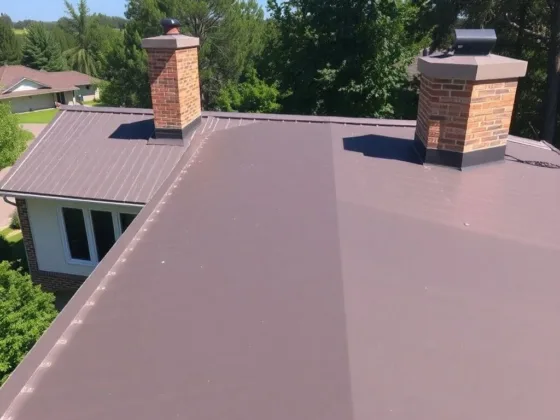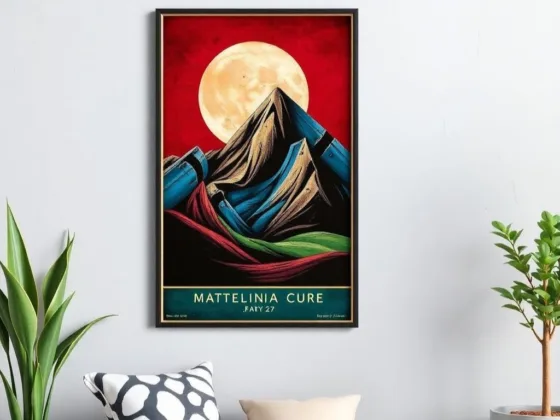Table of Contents Show
Your front entry should appear inviting to welcome all your guests inside from the lawn. A front entry without any color or texture appears stark and dark. However, adding a little or a lot of landscaping can really perk up your home and can be an extension of your style for all to see.

Front Entry: Complements, Curb Appeal, and Connects
Your front entryway connects to your overall landscaping, it complements your home and it also adds curb appeal. This is one of the most important places in your entire lawn to add beautiful landscaping of all types.
Read Also:
Be Creative with Your Plantings
You can find plain rectangular flower beds that flank the front entryway steps on just about any block. However, shoot for an irregularly shaped flower bed as a much better focal point. The idea of a front area of landscaping is to soften the edges of the boxy shape of your home. Put in some anchor plants that will give your landscape design some interest all year round.
You can plant a small tree, such as a crabapple to give you spring flowers, fruit in the fall, and greenery in the winter. Consider a shrub right at the corner of the front steps to actually hide the corner.
Just place one shrub there and prune it into a shape much like a Christmas tree with it smaller at the top and larger at the bottom from some great year-round interest and vibrant green color when other flowers are going dormant in the winter. Choose a large shrub or bush, such as hydrangea, to make a very splashy focal print when it’s blooming in the summer.
Bring on the Colors
If you add large swatches of color to your front entryway design it will be bright and flashy. You can simply opt for many different vibrant colors in your plantings or you can color coordinate them. For example, a Tickled Pink hydrangea can be planted near the foundation and a White Bombshell will complement it with its huge white and spectacular blooms.
Using two of the same type of plants with different varieties gives you the same type and color of greenery on each to tie them in together while providing different colors of blooms in stark contrast to each other. It is also a good idea to use this technique and choose plant varieties that include not only different colors of blooms, but also different sizes.
The PeeGee hydrangea has large white blooms in the summer and then they fade to pink color. The Vanilla Strawberry variety of hydrangea sports both pink and white blooms on one shrub. A great addition to any landscape design is to add some Knock Out roses in bright red that will bloom prolifically all the way from late spring into late fall.
Add Some Potted Plants
You can add some potted plants to the sides of your front entryway steps for interest. These are fabulous when used in addition to the actual planted items in your flower beds or if you want, you can do only the potted plants and flowers and add some hanging baskets on the front porch. Combining all three is the ultimate in landscaping your front entryway.
Consider buying some terra cotta pots and painting them in a bright blue, orange, yellow, or pink color. Then add some greenery, such as asparagus fern, and some easy-to-keep-colored items such as zinnias in various colors. Zahara Coral Rose and Zahara yellow are great color combinations in zinnias.
Another good and hearty combination for pots is to add variegated coleus, such as Honey Crisp with shades of yellow and green with a dash of purple in it. You can add some petunias that echo the gold in the coleus, such as Cha Ching Cherry and some anthurium, which will bloom off and on all year round.
Other great container plants that you can also echo in hanging baskets on the porch include lantana sunrise, which is variegated in shades of yellow and orange. Salvia sports bright purple blooms and a canna will start blooming in mid-summer and continue until the first hard frost.
Repeating Colors
Repeating colors in your landscape design gives it a professional appearance. You can find different shades of greenery in light and dark colors or a silver-gray combination. Some great examples of the silver-gray greenery that go very well with each other are a dusty miller, the licorice plant, and catmint.
Licorice plants will spread easily to fill in bare spots in your flower garden as long as the larger plants are trimmed high enough for them to get an ample amount of sun.
Choosing a Mulch Color
It is equally important to choose the correct mulch color for your entryway landscaping beds. Red mulch is very pretty but would get lost in the act of being in close proximity of a red brick house. If you happen to have a home in a shade of red, it works better to choose either brown or black mulch for your gardening needs.
Brown mulch is a natural color that makes light and darker-colored plants appear vibrant and it also works great for bright flower gardens. Black mulch attracts and retains sunlight and heat more than the other colors of mulch. It doesn’t fare as well in a hot climate because it can affect plant growth.
These tips and ideas can give you a truly remarkable home when viewed from the curb and it can both invite your guests cheerily into your home as well as bidding all a fond farewell.

